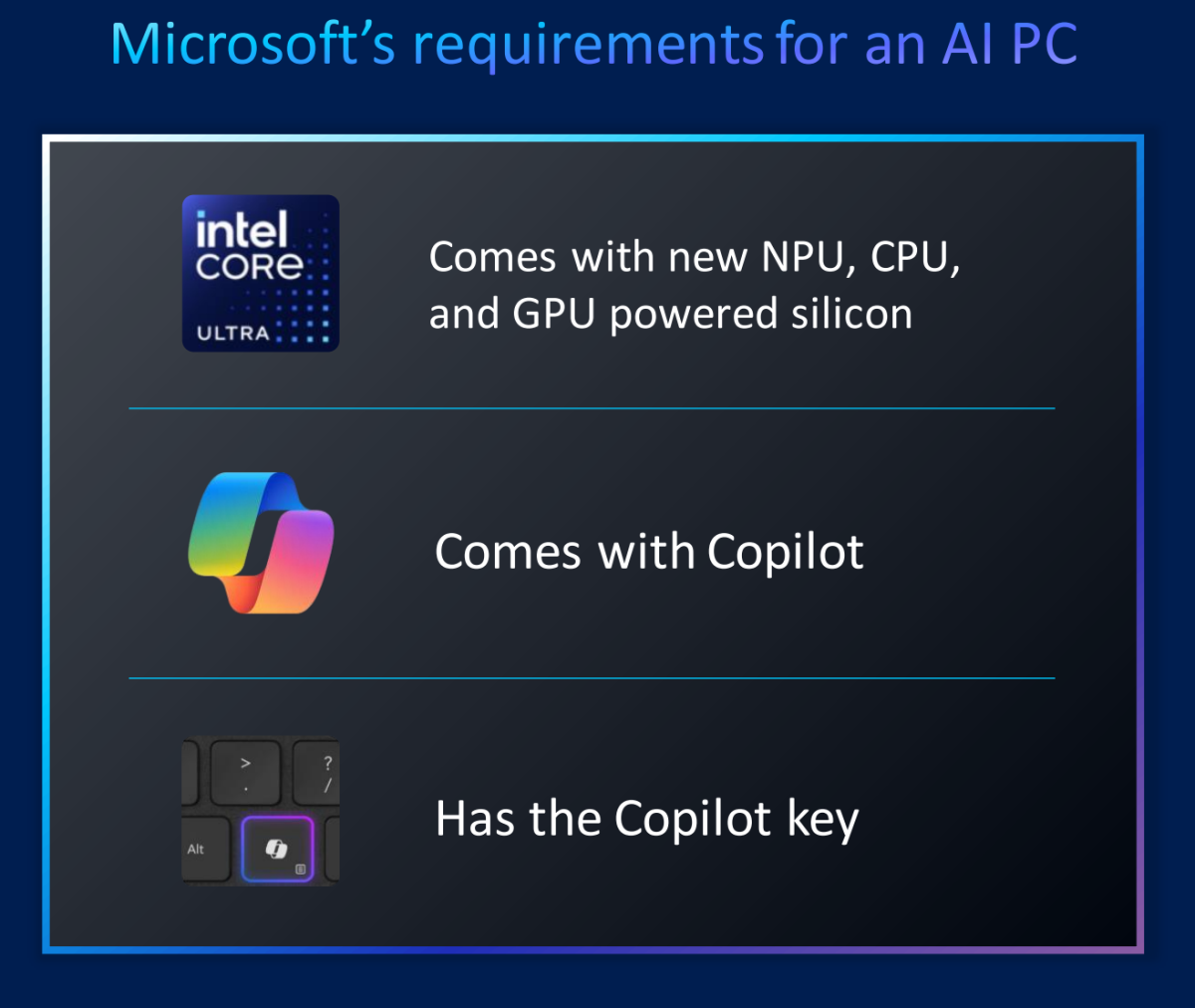Intel said Tuesday that it is expanding what it calls its AI Acceleration program into midrange software vendors, launching an AI developer NUC to speed the process. It’s all a bid to lasso software developers and bring them under the Core Ultra banner.
For consumers, the program is an ongoing acknowledgement that Intel continues to work to integrate the NPU inside its Core Ultra processor with software vendors, in order to extract actual value from the logic, and not just capitalize on the latest buzzword, AI. There’s a more subtle message, too: if Intel is able to convince software developers to use its OpenVINO toolkit to help them code AI applications, it will help ensure that Intel’s Core Ultra chips are the preferred or “better” AI chips.
That might not actually be the case, of course. But the push to sign up software developers seems similar to the way in which graphics vendors work with game developers to convince them to add GPU-specific features to their games and thus deliver improved performance.
As to exactly what software vendors will deliver in AI — that’s still vague. Todd Lewellen, vice-president and general manager of the PC ecosystem in Intel’s Client Computing Group (CCG), said that the company was halfway to its goal of engaging with the top 100 ISVs, and had begun moving downstream to midrange vendors. Intel launched its AI Acceleration program with those developers in October.
“Goal number one here…is scaling over 100 million AI PCs through 2025 and we are well on our track to delivering to that number,” added Carla Rodriguez, a vice-president at Intel and general manager of its client software ecosystem.
As developers move formerly CPU-specific tasks to the NPU, PC users could claw back about 1.5W to 2.5W of power — enough for an additional hour of battery life, Lewellen said. Developers like Adobe are putting de-noising — removing digital noise — tasks on the integrated GPU, while Wondershare apps like Filmora are running on the CPU, GPU and NPU together for increased performance.
But Intel is still not saying much. Rodriguez said that Intel is more than halfway through its 2024 goal of enabling 300 AI-powered software features — without saying what they are.
Finally, Intel is also seeding developers with an AI PC Developer Kit, an Asus NUC 14 Pro, with a Core Ultra inside.
In some ways, this all feels familiar: VHS vs Betamax, or HD-DVD versus Blu-ray. Intel’s AI toolset is OpenVINO, while AMD uses a technology called ROCm. Anecdotally, at least, Intel has been far more public luring developers to use OpenVINO than AMD has with ROCm. If software developers prefer one over the other, it may help the AI PC race decide a winner.
Updated at 3:48 PM PT with new information.




